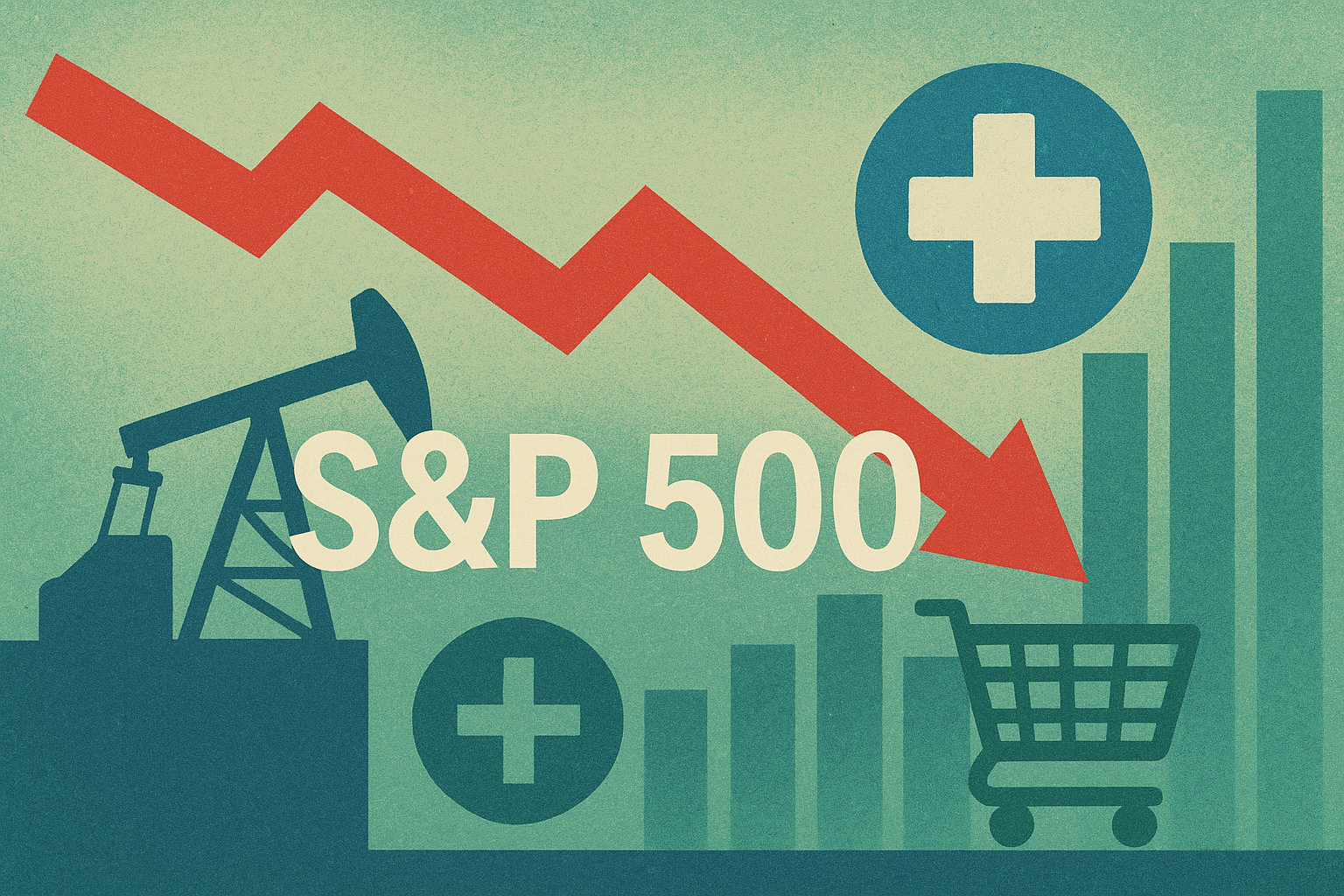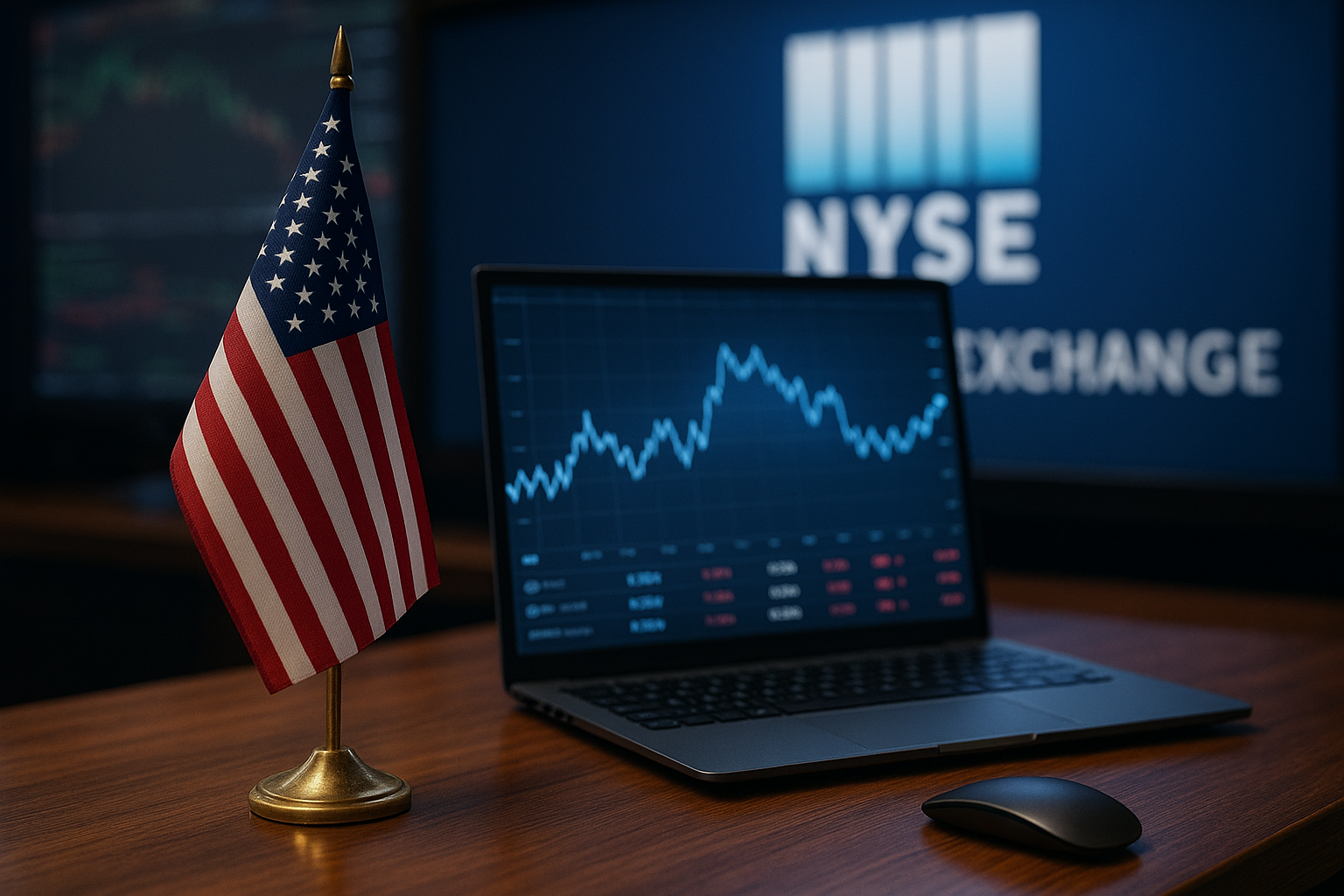The glow surrounding Big Tech dimmed this week as Wall Street signaled a shift in sentiment. The S&P 500 and Nasdaq, long powered by AI optimism and heavyweight tech names, slipped into the red as investors turned their focus toward defensive sectors like energy, healthcare, and consumer staples. The rotation underscores growing unease over lofty valuations and mounting concerns that artificial intelligence may be entering bubble territory.
Why This Matters for Investors
For months, Big Tech has been the engine driving U.S. equities higher, with the Nasdaq Composite hitting repeated record highs. Yet, cracks are starting to show. According to Reuters, the Nasdaq closed lower for the second consecutive session, reflecting heavy profit-taking in AI-related stocks such as Nvidia and Palantir. Even stalwarts like Microsoft and Apple saw modest declines, suggesting that investors are increasingly cautious about overexposure to high-growth technology plays.
Adding fuel to the caution, OpenAI’s CEO recently issued a rare warning, cautioning that parts of the AI sector resemble a bubble in the making. This statement—coming from one of the industry’s leading voices—has amplified market jitters, forcing investors to reassess whether valuations can be justified by future earnings growth.
At the same time, value-oriented sectors are showing resilience. Energy companies, buoyed by stable oil prices, healthcare names with strong cash flows, and consumer staples that thrive in uncertain climates are attracting capital inflows. This pivot highlights a time-tested market theme: when uncertainty rises, money often migrates to stability.
A Market Rotation Back to Fundamentals
The rebalancing underway is not simply about short-term trading—it reflects a deeper market recalibration. Analysts at Goldman Sachs noted earlier this month that the valuation premium for tech stocks had reached its widest point since the dot-com era. With forward price-to-earnings ratios stretched, even minor disappointments in earnings or guidance could trigger sharp corrections.
Meanwhile, traditional value sectors are benefiting from macro trends. The energy sector, for example, has seen renewed strength as Brent crude remains steady above $80 per barrel. Healthcare companies like Pfizer and Johnson & Johnson are finding renewed interest from income-seeking investors, particularly as activist investors push for restructuring and efficiency gains. Consumer staples such as Procter & Gamble and Coca-Cola continue to deliver dependable returns, supported by consistent demand despite shifting economic cycles.
This sector rotation is not necessarily a negative signal for the broader economy. Instead, it highlights a natural cycle where investors seek balance between growth opportunities and defensive protection. In essence, Wall Street is rediscovering the value of diversification.
Future Trends to Watch
- AI Sentiment and Earnings Resilience: The AI sector is unlikely to vanish from investor radar, but near-term volatility may intensify. Watch quarterly earnings closely for signs that AI-driven revenues are keeping pace with expectations.
- Interest Rate Policy: The Federal Reserve’s upcoming Jackson Hole conference remains a potential catalyst. Any indication that rate cuts will be delayed could further encourage rotation into defensive sectors.
- Geopolitical Uncertainty: Ongoing U.S.–China tensions over technology exports and global trade policy shifts may add another layer of volatility for tech-heavy indices. In contrast, sectors less exposed to geopolitical shocks could continue to outperform.
Key Investment Insight
For investors, the message is clear: rebalancing portfolios toward value-oriented sectors may provide both stability and opportunity in the months ahead. While high-growth AI and technology stocks remain central to long-term innovation, near-term risks from valuations, regulation, and sentiment shifts cannot be ignored. Defensive sectors—energy, healthcare, and consumer staples—offer a hedge against volatility and may outperform if the current rotation gains momentum.
Staying ahead in fast-moving markets requires more than chasing the latest growth trend—it demands a disciplined approach that blends growth with resilience. As Wall Street recalibrates, now may be the time to review allocations and ensure portfolios are positioned for both upside potential and downside protection.
Stay with MoneyNews.Today for daily investor insights that cut through market noise and spotlight the trends that truly matter.





